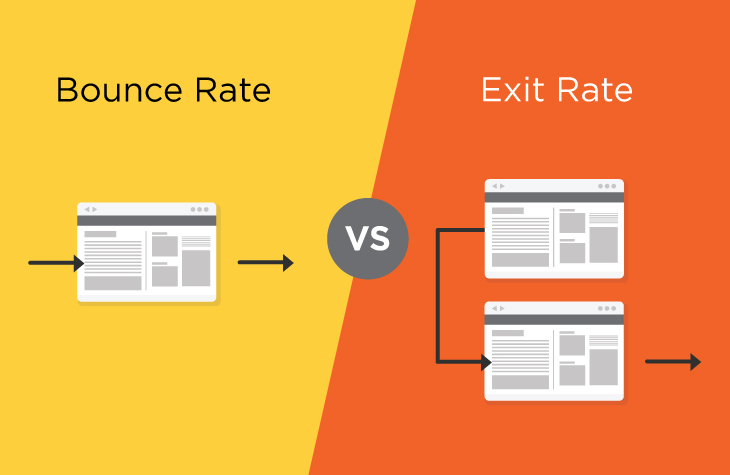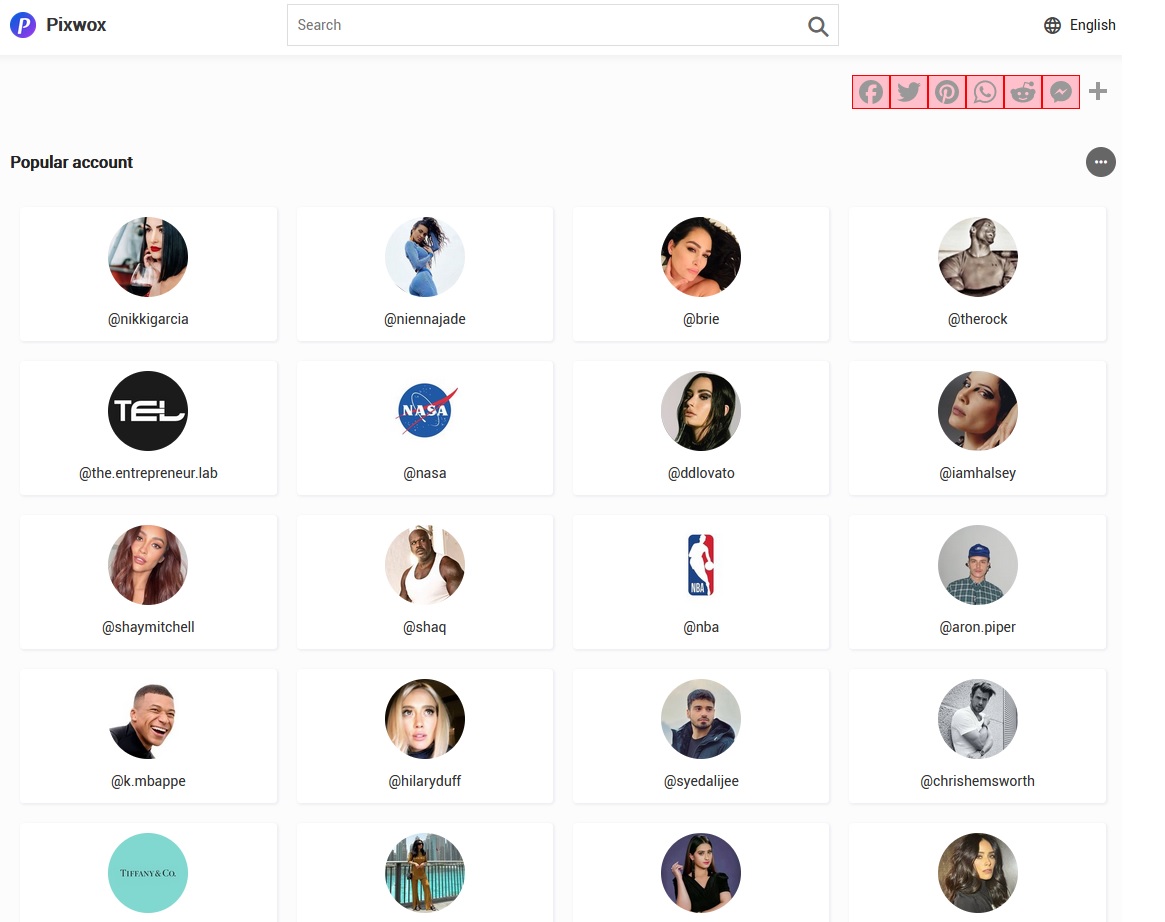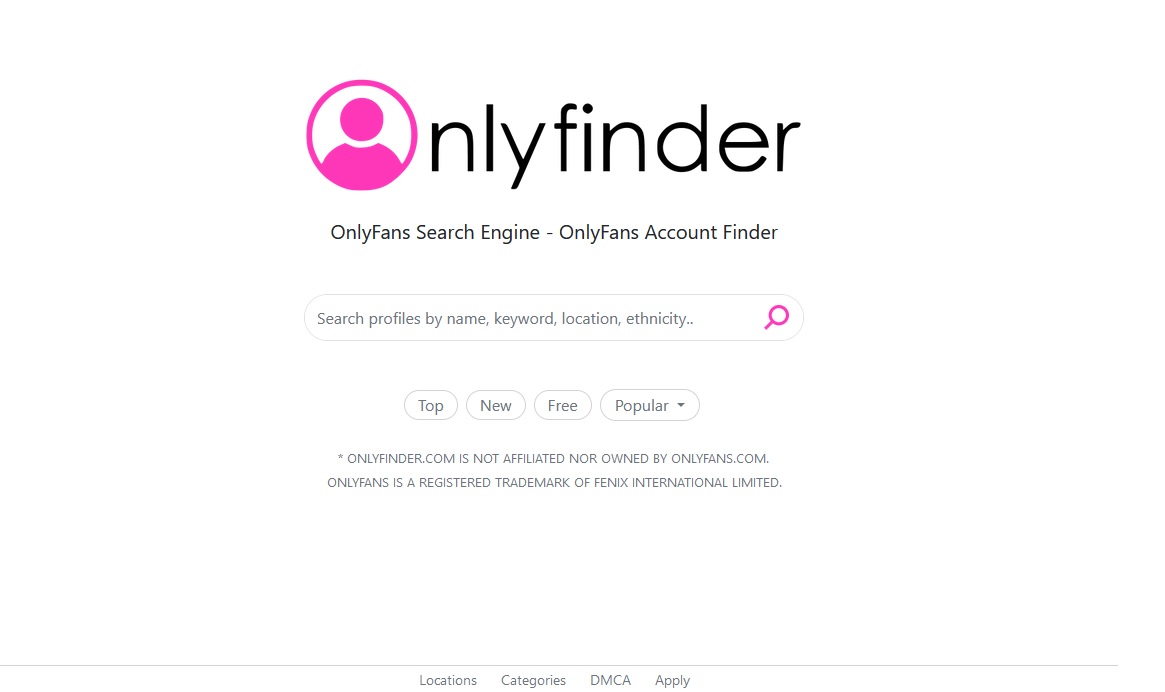Most business owners operating on different online platforms tend to divert much of their concentration on the bounce rate. However, Google Analytics has come out with something new to offer, popularly known as the exit rate. Approximately 45% of business owners use this feature to enhance readability on their sites.
Due to lack of understanding, the two terms are mostly used inappropriately since most business owners cannot note their difference. Note that the subtle difference between the two terms brings out the importance of the terms.
This content piece is meant to walk you through bounce rate vs exit rate to help you identify the difference and their major applications across the business industry. Peruse through for more information!
What is Bounce Rate
It is no secret that most small business operators get it complex to define bounce rate. Bounce rate is mainly identified by calculating the number of bounces depending on the total number of page views to a given page.
A bounce is only recorded when a user enters a given page of the business and automatically exits without going to the next page of the business site. Also, it happens when a visitor does not interact with any of the given elements spread across the page.
In other terms, bounce rate is considered the percentage of single-engagement sessions that take place on the business website. This is recorded within a specified time, depending on the level of interaction recorded on the business site.
What is Exit Rate
The exit rate is defined as the total number of people who tend to exit the business website after immediately landing on the page. The total number recorded is then compared to the recorded number of views received on a given page.
In most cases, the exit rate is the percentage of visits recorded last on a given session on the page. Google defines these metrics in a confusing manner that makes them sound similar.
Despite the difference in definition, the ultimate goal of these metrics is the same. They are used to calculate the number of visitors who leave the website page after opening it. Note that the bounce rate is the given percentage of visits that were only recorded on the page.
In summary, bounces are recorded when a visitor exits from the page they entered. On the flip side, the exit rate is recorded without considering the visitor’s prior activities on the business website. All the bounce rates are the exits while the exits are not bounces.
How to Reduce Bounce Rate?
Even though reducing the bounce rate on your business website requires some effort, the benefits are worth the struggle. But what needs to be done for the business team members to reduce the bounce rate? Let’s dig deeper!
- Understand Why the Visitors Are Leaving Early
Once you realize that people enter your business website and leave immediately, you need to ask yourself why this is happening. You need to evaluate various things since it is automatic that the visitors did not like what they saw.
Also, think about the relationship between the dissonance and the visitor’s expectations. This will help you understand what your visitors want to see when they visit your business site. Maybe the target audience you are attracting is not interested in your business brand.
Every answer you find to the questions you have will help you get better insights that will help you reduce the bounce rate. Note that this is one of the major reasons why you need to understand your buyer’s persona.
- Ensure that Your Website is Responsive
The technology sector is constantly growing day by day. There are a variety of screen sizes that you can use to make your business website more responsive for the well-being of your customers. Evaluate your website device capabilities and the input methods used.
Analysis has revealed that most bounce rate is recorded when visitors enter your business website and cannot navigate through the pages. A perfectly responsive site is efficient since visitors can easily peruse through.
Update your website regularly to avoid losing potential clients who take their time to peruse through your website and possibly make purchases.
- Invest in Interactive Content
There is no great strategy for enhancing interaction with your target audience apart from investing in interactive content. Using interactive content on your business site increases the urge of visitors to remain on the site perusing through the pages.
You need to convince prospects to take action when reading through the content on the site. The visitors will go ahead and open more pages on the business website to explore more information regarding the business.
You can use things such as infographics, look books, and other things that can be included in your landing pages to enhance interactions. The research done between 500 hundred people has revealed that 475 people enjoy reading through interactive content.
How to Reduce Exit Rate?
Most small business owners do not understand the fact that the exit rate offers them vital strategic opportunities to revamp the business website and the online business in general. Here are some of the best ways to reduce the exit rate.
- Optimize Your Conversion Funnel
Channeling your effort on revamping your conversion funnel and the exit pages can greatly help you reduce the level of exit rate. By evaluating your conversion funnel, you will get it easier to understand the position of visitors on your funnel.
Make proper use of the information you generate from the exit page. This will help you identify the exact position where visitors leave the website. This means that you will identify points that need modification to suit the customer’s needs.
- Understand the Behavior of Your Visitors
You can only understand your visitors’ behavior by carrying out website analytics. By using various tools to carry out the analytics process, you will learn more about your visitors’ journey across the business website.
This includes things such as the entry and exit points on the website and the bounce rate. Note that there are multiple website analytics tools that you can use to gather the desired information.
- Ask Help from Visitors
At some point, you might get it challenging to understand why visitors are leaving your business site the way they are doing. You might have already learned the visitors’ behavior and optimized your site, but the results are still the same.
Keep in mind that the visitors have reasons for leaving the site. Create a simple survey page where the visitors can leave their thoughts that will help you understand more about their intent when they leave the page. This will help you take the desired action and reduce the exit rate.
Exit Rate Vs. Bounce Rate, Causes
Causes of Bounce Rate
There are specific things within the business website that result in a high level of bounce rate. Let’s look at some of these things!
- Error 404
Analyzers have revealed that blank pages and errors are the major reasons behind high bounce rates on most business websites. This causes most visitors to bounce off and never think about returning to the website.
Obviously, no one is comfortable landing on a blank page when browsing a business website. This isn’t very pleasant and sends potential clients away.
Poor Loading
Most visitors who enter your business site do not have a lot of time to wait for your site to load. Potential clients do not have a whole day to waste waiting for your website to open. Website analyzers have revealed that a one-second delay wastes the conversion rate.
Also, Google mainly prioritizes its time for a given website to load. This means that poor loading also affects your search engine rankings.
Causes of Exit Rate
A higher exit rate affects the general performance of a given business. Remember, when visitors stay on the business website for some time, they are likely to purchase and promote your business’s growth. Below are some of the causes of exit rates in a business site.
- Lack of CTAs
A call to action seems to be a simple feature on a business website, although it carries significant amounts of weight regarding the business’s success. Some websites lack the call to action button, especially for small businesses.
Besides, some business sites have a call to action, although the button is poorly placed and visitors cannot identify it. The button needs to be visible for the visitors to take the desired action.
- A Poor Website Layout
A business website needs to be organized properly and make it appealing for visitors to feel comfortable. However, most sites, especially for small businesses, are poorly laid out, which sends away potential visitors.
All website features need to be properly arranged to ensure that visitors can easily locate whatever they are looking for. This also helps the business owner manage the business and make relevant modifications.
Final Thoughts
The exit and bounce rates are simple and actionable terms used on business websites. According to statistics, if you have three pages on your site, you are likely to record an exit rate of 33%. This article has described all the differences and summarized the entire work for you!








Add Comment